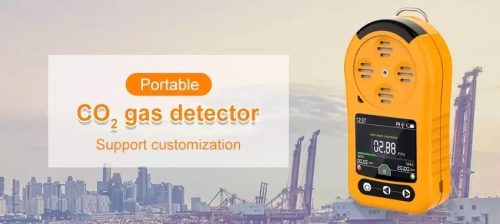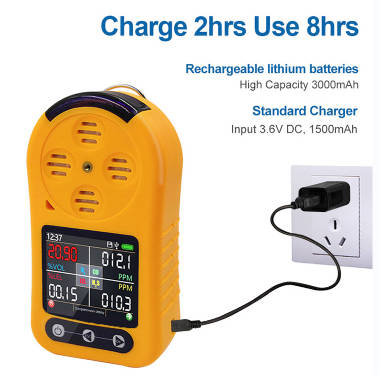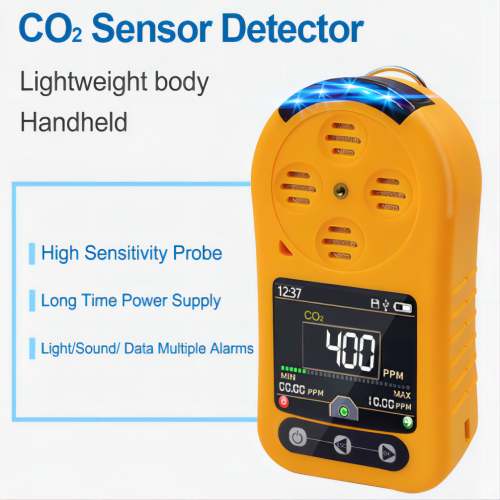Carbon monoxide sensor Introduction
Carbon monoxide sensor are essential devices for ensuring the safety and well-being of individuals in residential and commercial spaces. These sensors play a critical role in detecting and alerting occupants to the presence of carbon monoxide, a potentially lethal gas that can go undetected without proper monitoring. This article will delve into the importance of installing carbon monoxide sensors, their impact on indoor air quality, technological advancements, and the imperative need to prioritize their installation in various settings.
Importance of Carbon Monoxide Sensors

Carbon monoxide sensor are indispensable for safeguarding indoor environments against the dangers of carbon monoxide poisoning. The installation of these sensors is crucial as they provide early detection of carbon monoxide, allowing for timely intervention and prevention of potential health hazards. By promptly alerting occupants to the presence of this toxic gas, carbon monoxide sensors are instrumental in mitigating the risks associated with exposure to high levels of carbon monoxide.
Impact on Indoor Air Quality and Safety

The installation of carbon monoxide sensor has a profound impact on indoor air quality and safety. These sensors not only detect carbon monoxide but also contribute to overall air quality management. By ensuring that indoor air is free from harmful pollutants, carbon monoxide sensors play a pivotal role in creating a safe and healthy environment for occupants. Furthermore, the integration of these sensors with ventilation systems and alarms enhances safety measures, providing peace of mind and protection against potential threats.
Technological Advancements in Carbon Monoxide Sensor

Advancements in carbon monoxide sensors technology have led to the development of sophisticated and reliable monitoring solutions. Modern carbon monoxide sensors have advanced sensor technology, such as electrochemical and infrared sensors, ensuring accurate detection and measurement of carbon monoxide levels. Additionally, the integration of wireless connectivity and smart home systems has elevated the functionality of carbon monoxide sensors, enabling seamless data transmission and remote monitoring capabilities.
Installation and Regulatory Compliance
The installation of carbon monoxide sensors is not only a proactive safety measure but also a regulatory requirement in many jurisdictions. Building codes and safety regulations mandate the installation of these sensors in residential and commercial properties to ensure compliance with safety standards. Therefore, it is imperative for property owners and managers to prioritize the installation of carbon monoxide sensors to adhere to regulatory requirements and, more importantly, protect occupants from potential harm.
Challenges and Future Considerations
While the advancements in carbon monoxide sensor technology have been significant, challenges related to sensor calibration, maintenance, and long-term reliability persist. Addressing these challenges is crucial to ensure the effectiveness and accuracy of carbon monoxide sensors. Moreover, future developments in sensor integration and data analytics will further enhance the capabilities of these sensors, paving the way for more comprehensive indoor air quality monitoring systems.
In conclusion, the installation of carbon monoxide sensor is an imperative step towards safeguarding indoor air quality and lives. These sensors serve as a crucial line of defense against the dangers of carbon monoxide, providing early detection and alerting occupants to potential threats. As technology continues to evolve, the integration of advanced sensor technologies and data analytics will further strengthen the role of carbon monoxide sensors in promoting safety and well-being in indoor environments.
